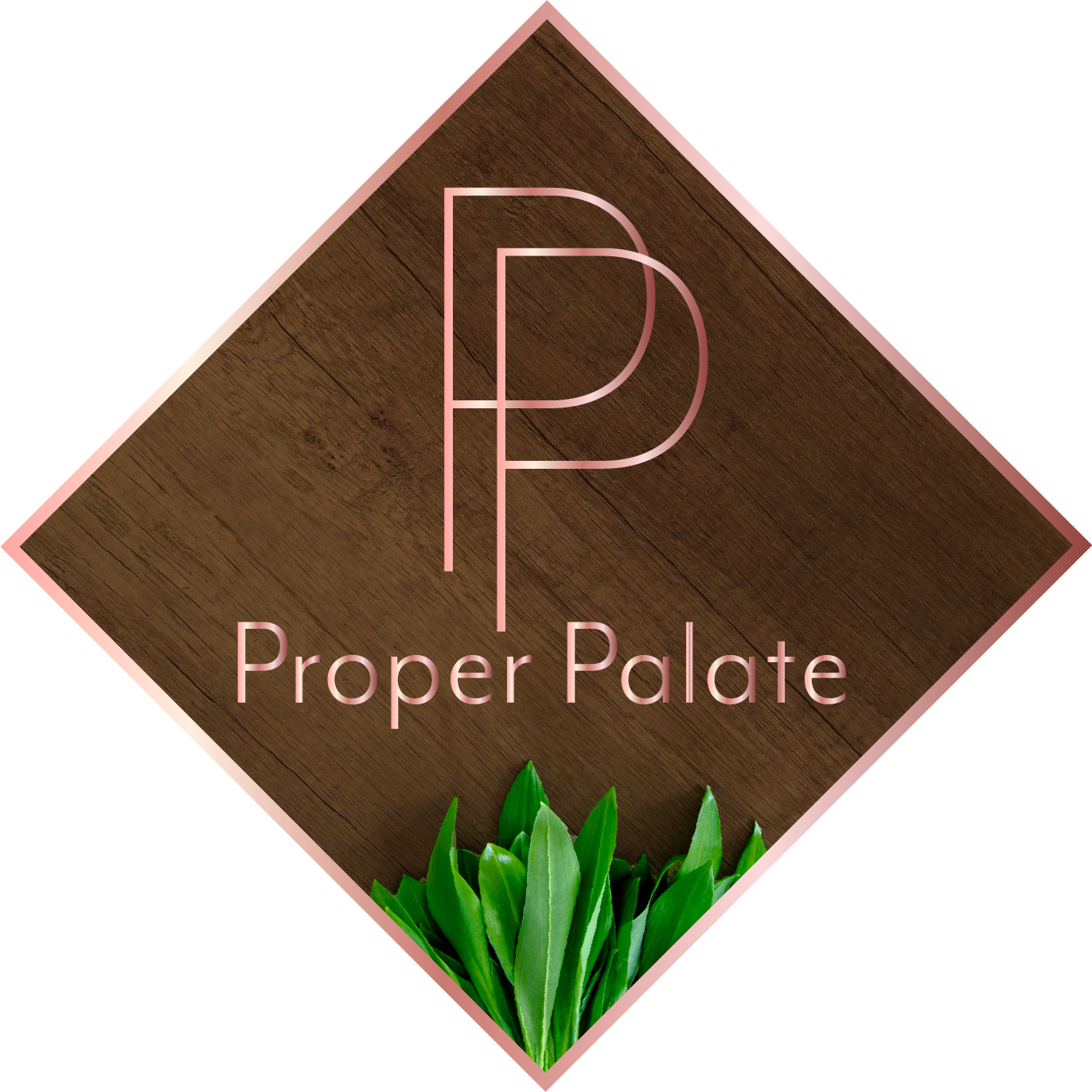COVID Cleanout: Get your Fridge Organized
Now that we are quarantined to our homes it’s a perfect time to begin to clean out the fridge and other areas of our kitchens. I’ve seen social media posts from celebrities, athletes to stay at home moms saying how they are cleaning and organizing their homes. As we have been stocking up on food it’s important to not create waste. I hope you find this information helpful.
You open your fridge, and you smell something unpleasant. The last thing you want to do is go searching for the rotten piece or pieces of food. Why does this seem to happen to you so often? I can think of a few reasons, one we are busy or uninformed on how to properly rotate food. I hope this article can help you overcome the woes of food rotation and learn that cleanliness in the fridge is essential.
In a professional kitchen, we are taught to organize our refrigerators based on the temperature the food must be cooked to and with food safety as our number 1 priority.
First things first, you must date your food with labels. I know many items such as condiments and meats come with expiration dates. I'm talking about leftovers or meal prepped food. You must know when you make it and set the date out 3 to 4 days. Pre-cooked food or leftovers need to be consumed within 3 to 4 days. The nutritional value will begin to decline, and bacteria can form after four days. If you know you won't be eating the leftovers within four days, freeze it.
Secondly, when purchasing meat, you check the expiration date. It’s important to cook or consume a couple of days prior to expiration. I had a client ask me if they should eat frozen food or fresh food first. I told her always to eat the fresh first. Frozen food can remain frozen as a back-up to fresh. Never let fresh go to waste.
I'm going to teach you how to organize your refrigerator so that it will avoid cross-contamination. If something happens to get contaminated, it won't be a problem since it will be the food that has to be cooked at a higher temperature.
Here are my recommendations:
Door: Don't put eggs or milk in the door, as they should be placed in a colder part of the refrigerator. Condiments should only go on the door since it's the warmest spot in the fridge.
Drawers: I do not store anything in my bottom drawers. Just because they're designed to hold produce at specific humidities, doesn't mean you should store produce in there. By doing so, we risk contaminating our fresh vegetables if we put meat on the shelf above. If you have two drawers, make one of them exclusively for veggies and the other solely for raw meat. If one drawer is above the other, use the lowest drawer for meat. If they're side-by-side, either drawer would be fine. Clean the drawer you're using for meat often.
Lower shelves: Raw meats slated for cooked dishes.
Upper shelves: Ready to eat foods, leftovers, yogurt, and milk. Some fridges have a deli drawer; if you have one, you can put your deli meat and cheese in there. If not using the top shelf is acceptable.
I've seen my share of pretty stinky refrigerators. Where I'll find unidentifiable objects that were once food, green water filled veggie drawers, science experiment cheeses and so much more! The bottom line there is no reason or excuse to keep a fridge in this condition. Not only are you wasting food, but you are putting yourself and others at risk for bacterial food contamination. Once assembled you will find it much easier to upkeep. We should all run our kitchens as if we were serving food to the public. I find cleaning to be very therapeutic and relaxing. Stay tuned for our next blog where I'll be talking about the best non-toxic cleaners for your home.
#rawmeat #getorganized #cleanfridge #foodsafety #properpalate
Photo Credit: Bestfoodfacts.org
